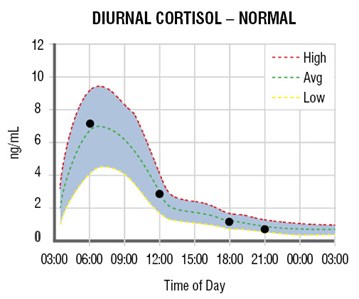Heart Rate Variability (HRV)
Every athlete should know what their Heart Rate Variability (HRV) is. HRV is the amount of time in between your heart beats. The higher this number, the more variability in the time between your heart beats, the better off you are. This is basically the preparedness of your Central Nervous System. This is your body’s ability to handle stress. The lower you HRV, the more likely you are to be overtraining. This number will actually start to decrease before you even start to see signs of overtraining. When HRV is low, you should focus on lower intensity and recovery workouts. By making tiny daily adaptations to your training based on this number you can avoid the overtraining and see greater success. More on HRV and overtraining here (http://www.savagecc.com/blog/how-to-train-hard-without-overtraining)

Functional Movement Screen (FMS)
It is really important to know the risk of injury during your activity. One of the best ways to measure that risk is with the Functional Movement Screen (FMS). The FMS is seven basic movements that are scored based on the quality of which they are performed. Basically, if you score below a 14 your risk of injury is increased significantly. Having a low FMS score does not mean you need to stop what you are doing and focus on upping your score. It simply means that you need to add in or modify some corrective exercises to better support your training. This will not only help bulletproof you from injury, but it will also help you get better results.
Cortisol
Third, we’ve all heard of cortisol, AKA “THE STRESS HORMONE”, and if you haven’t heard of it, now you have. Cortisol gets a bad rap, but we actually need it, we just don't need it in high amounts all of the time. Cortisol should be released in the morning when you wake up and during times of stress. Living a high stress lifestyle, not sleeping well, consuming too much caffeine or sugar will ramp up the release of cortisol. When this carries on for weeks to months, this will rob your recovery, slow you progress and increase your risk of injury. The longer this process goes on for, the longer it takes to turn it around. Not only that, chronic exposure to high Cortisol has been linked to chronic fatigue, hypertension, migraines, sleep deprivation, decreased metabolism and even a decreased immune system. Testing your Cortisol levels is easy. It’s a simple saliva swab taken at several points in the day. This allows you to track how high or low your Cortisol is throughout the day. That information allows you to properly adjust your training, sleeping habits and diet in a way that allows you to have an optimal Cortisol level, avoid injuries and get the most out of your training.

Cortisol
Third, we’ve all heard of cortisol, AKA “THE STRESS HORMONE”, and if you haven’t heard of it, now you have. Cortisol gets a bad rap, but we actually need it, we just don't need it in high amounts all of the time. Cortisol should be released in the morning when you wake up and during times of stress. Living a high stress lifestyle, not sleeping well, consuming too much caffeine or sugar will ramp up the release of cortisol. When this carries on for weeks to months, this will rob your recovery, slow you progress and increase your risk of injury. The longer this process goes on for, the longer it takes to turn it around. Not only that, chronic exposure to high Cortisol has been linked to chronic fatigue, hypertension, migraines, sleep deprivation, decreased metabolism and even a decreased immune system. Testing your Cortisol levels is easy. It’s a simple saliva swab taken at several points in the day. This allows you to track how high or low your Cortisol is throughout the day. That information allows you to properly adjust your training, sleeping habits and diet in a way that allows you to have an optimal Cortisol level, avoid injuries and get the most out of your training.

Overtraining loves to creep up on people and steal their progress before they even know what’s going on. Often times, this comes after having several very successful months of training. This is when it’s the most dangerous because this is the time you are more likely to push yourself harder, when you should actually be scaling it back.

